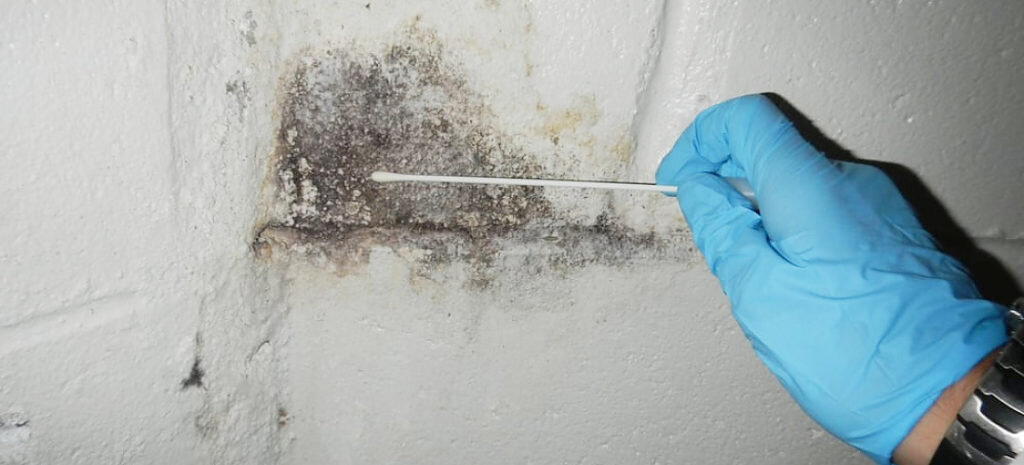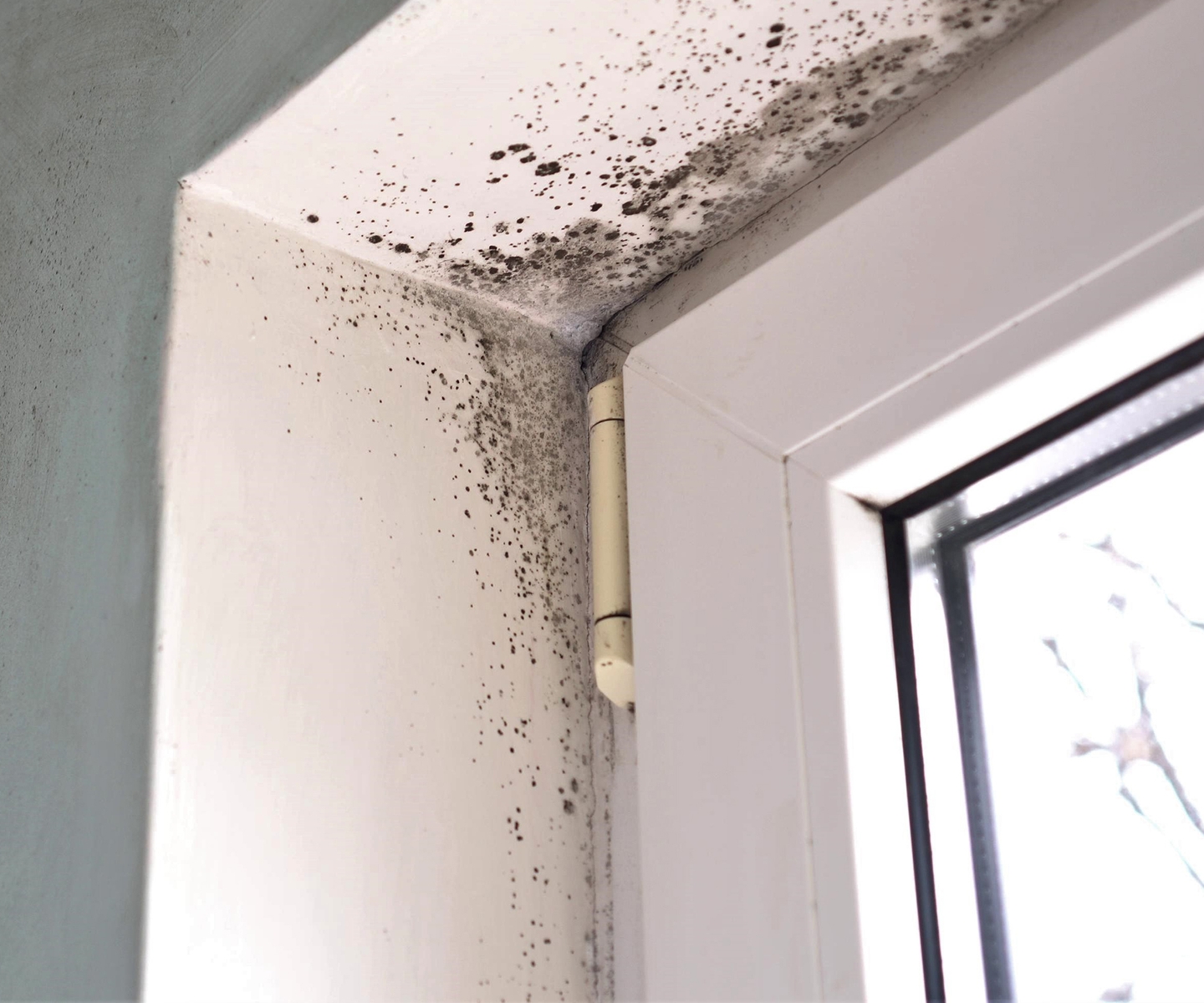Your Ultimate Guide to Post Mold And Mildew Removal Methods
Navigating the realm of post-mold removal strategies is a thorough procedure that demands attention to detail and an extensive understanding of the complexities involved. In the results of mold and mildew infestation, knowing just how to successfully eliminate the mold and mildew and avoid its reoccurrence is critical for maintaining a healthy and balanced indoor environment. From choosing the best cleansing and decontaminating techniques to implementing approaches for lasting mold prevention, each step in the remediation trip plays a vital role in ensuring an effective result. As we begin on this expedition of post-mold remediation techniques, we will certainly discover the key approaches and ideal techniques that can help you recover your space to its pre-mold problem and safeguard it versus future mold and mildew dangers.
Comprehending Post-Mold Removal Refine
After completing the mold remediation procedure, it is crucial to understand the post-mold remediation strategies that are necessary to make certain a effective and thorough cleanup. As soon as the mold and mildew has actually been removed, the following action includes cleaning and sanitizing the affected locations to protect against any kind of regrowth of mold and mildew. This includes using specialized cleansing representatives to wipe down surfaces and eliminate any kind of staying mold spores. It is necessary to dry the area completely to discourage the development of mold in the future (After mold remediation). Appropriate ventilation and dehumidification can aid in this procedure.
Moreover, performing a last assessment post-remediation is crucial to make sure that all mold and mildew has been effectively eliminated. If the evaluation reveals any sticking around mold and mildew, extra remediation may be necessary.
Reliable Cleaning Up and Sanitizing Techniques

Protecting Against Future Mold And Mildew Development

Importance of Correct Air Flow
Proper air flow plays a crucial role in stopping moisture accumulation, an essential variable in mold development within interior atmospheres. Efficient air flow systems assist remove excess moisture from the air, decreasing the opportunities of Post Mold Remediation mold spores locating the wetness they require to sprout and spread out. Without sufficient air flow, indoor rooms can become a breeding place for mold, bring about prospective wellness risks and architectural damage.
By making sure proper air flow, ventilation systems can likewise aid in drying out wet areas quicker after water damage or flooding cases, even more hindering mold development. After mold remediation. In areas like washrooms, attics, kitchen areas, and cellars where wetness degrees often tend to be higher, installing and maintaining efficient air flow systems is critical in preventing mold invasions

Surveillance and Upkeep Tips
Provided the essential role that proper ventilation plays in stopping mold and mildew development, it is important to establish efficient tracking and upkeep ideas to make certain the ongoing capability of air flow systems. Surveillance moisture degrees within the building is additionally crucial, as high moisture can add to mold and mildew development. By remaining positive and alert to the condition of ventilation systems, residential or commercial property owners can effectively mitigate the threat of mold and mildew regrowth and keep a healthy and balanced interior atmosphere.
Verdict
In verdict, post-mold removal methods are vital for making sure a risk-free and clean environment. Recognizing the procedure, carrying out efficient cleaning and decontaminating techniques, avoiding future mold development, preserving proper air flow, and routine tracking are all essential actions in the removal process. By following these standards, you can efficiently get rid of mold and mildew and stop its return, working or advertising a healthy living space for all occupants.
In the after-effects of mold infestation, understanding how to effectively get rid of the mold and prevent its reoccurrence is extremely important for keeping a healthy indoor setting. When the mold and mildew has been gotten rid of, the following action includes cleaning and decontaminating the affected locations to prevent any kind of regrowth of mold - Post Remediation Inspection near me. After getting rid of noticeable mold and mildew growth, it is important to cleanse all surfaces in the affected location to remove any kind of remaining mold and mildew spores. To better enhance mold avoidance actions, it is important to attend to underlying concerns that initially led to mold development.Provided the important duty that proper ventilation plays in avoiding mold development, it is essential to establish efficient tracking and upkeep pointers to ensure the continued performance of ventilation systems